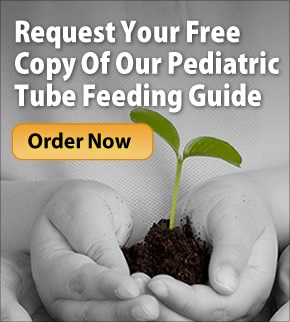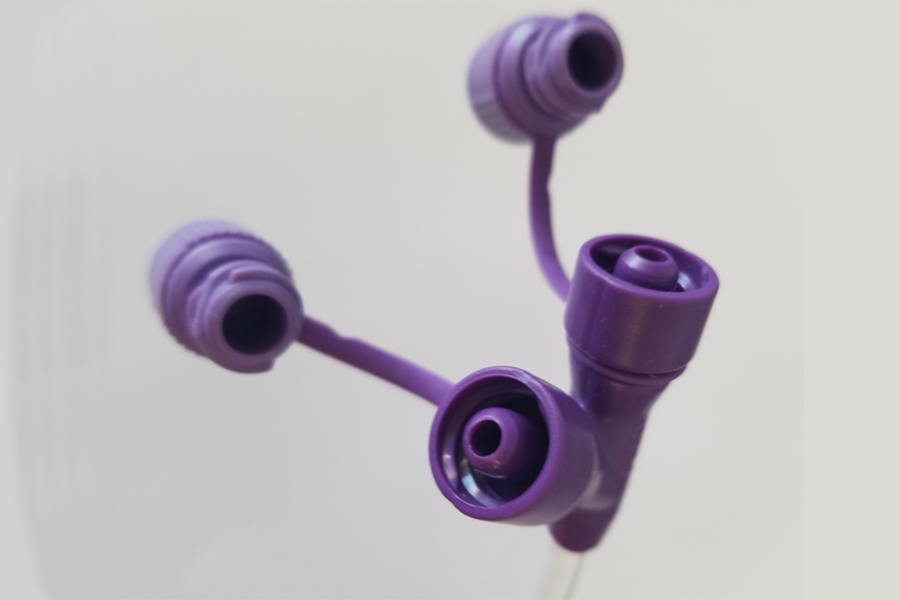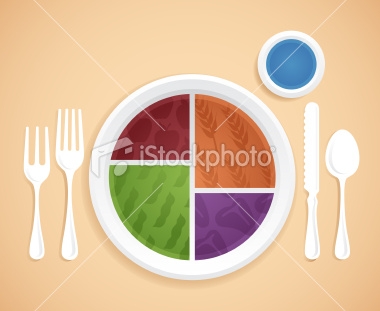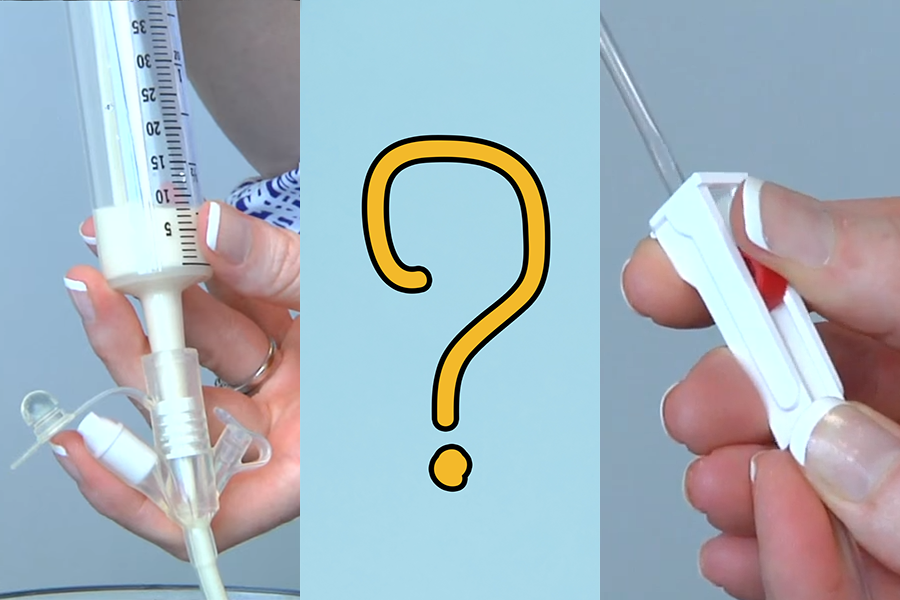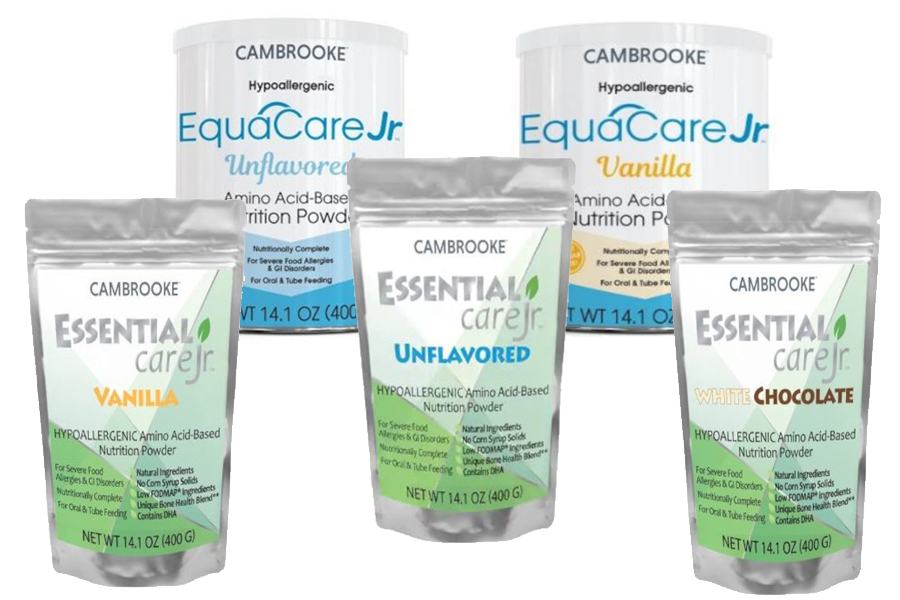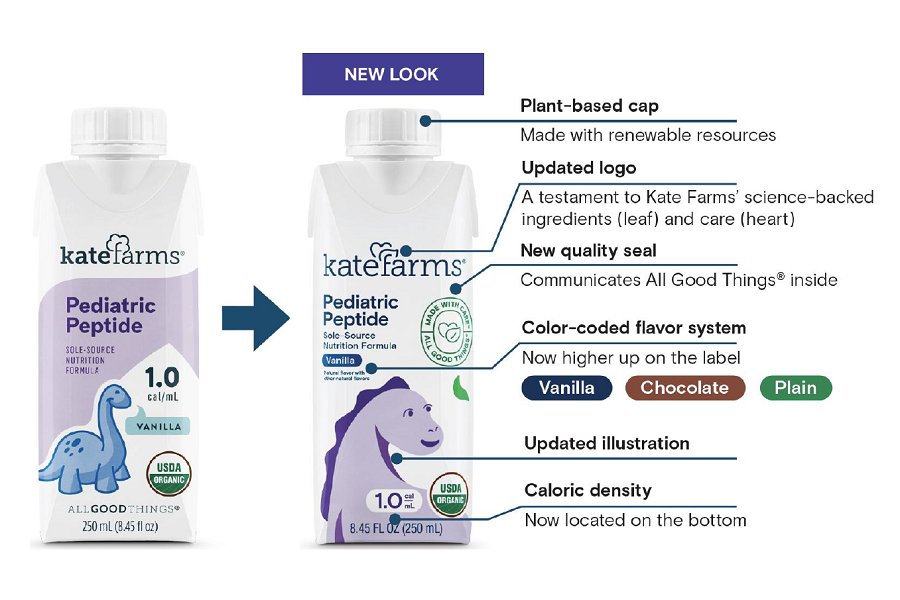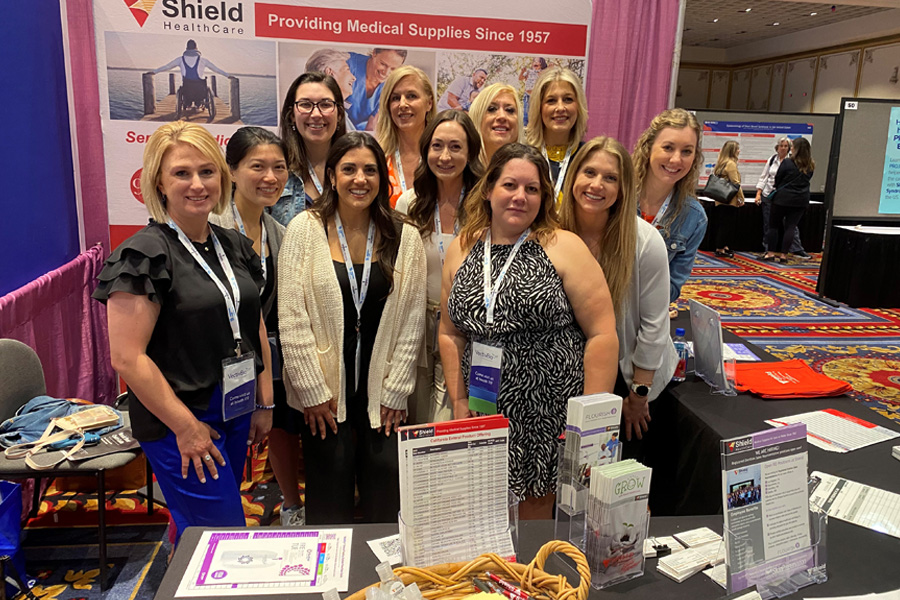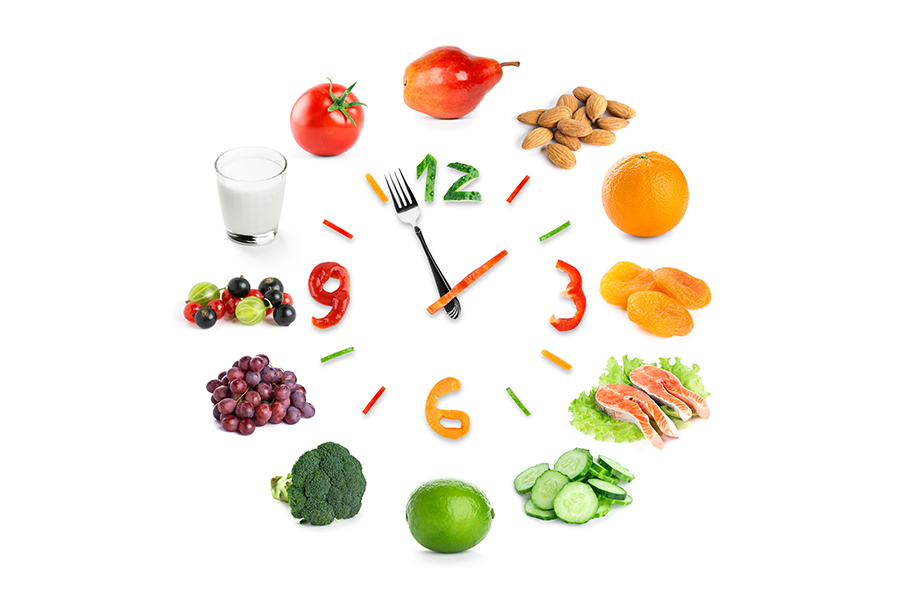The transition from hospital to home with a feeding tube can be bittersweet. While going home improves quality of life, it is a period of adjustment and learning for everyone. To prepare and find what works best for you and your loved one, learn about the different types of tube feeding.
Discover what feeding style best adapts to your life based on the feeding tolerance of you or your loved one. Remember to always check with your medical team before changing feeding administration and formulas.
Bolus/Syringe Feeding
A type of tube feeding that is not continuous. This method of tube feeding delivers formula using a syringe. Bolus feedings are given as “meals” throughout the day allowing freedom from a pump and can keep meals to around 20 minutes. Depending on tolerance, the rate of the feed can be managed manually. You can make the formula flow faster by raising the syringe higher in relation to your stomach or by using the plunger push the formula through.
Gravity Feeding
This method of tube feeding delivers formula using a feeding bag without a pump. The feeding bag is filled with formula and drips through the tube by gravity alone. This method can take up to 60 minutes to complete.
Pump Feeding
This method of tube feeding is commonly used for those who better tolerate a slow and controlled feed. Formula is held in a feeding bag and pumped through the feeding tube at a predetermined rate. This route of feeding typically takes longer than a bolus or gravity feed depending on prescribed dose and rate.
Check out these articles to learn more about tube feeding and how to safely feed your loved one at home:
Tube Feeding: How to Bolus Feed/Syringe Feed
Tube Feeding: How to Gravity Feed
How to Prepare for Home Tube Feeding
Tube Feeding My Child: What is the Safest Way to Handle the Bag Between Feedings?
Blenderized Formula for Home Tube Feeding
DISCLAIMER: This information is designed for customer use only and does not represent the advice of a medical health professional. Please contact your doctor for explicit advice on your prescription and/or feeding program.







